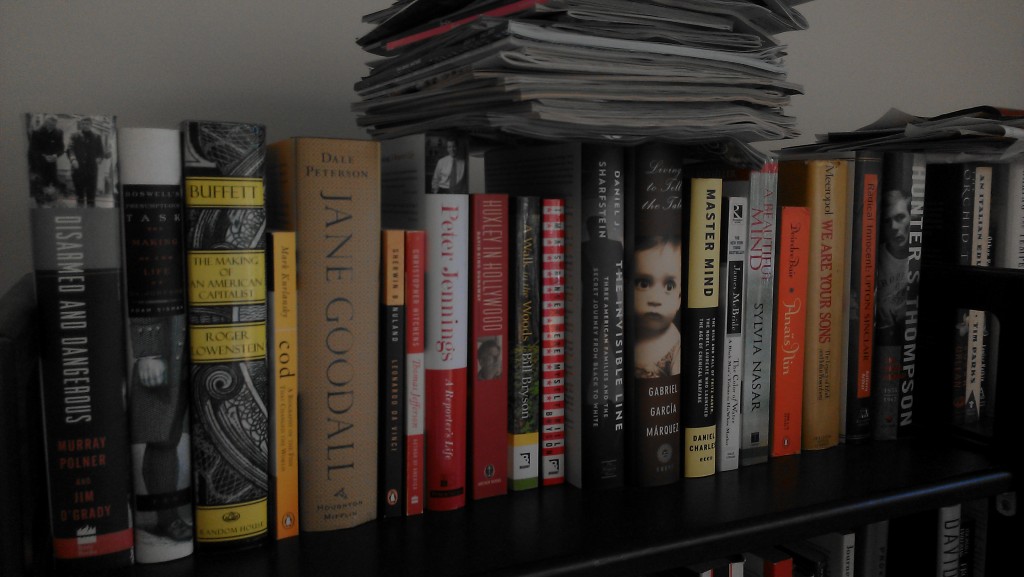
Before we present this week’s Weekend Reads, a question: Do you enjoy our weekly roundup? If so, we could really use your help. Would you consider a tax-deductible donation to support Weekend Reads, and our daily work? Thanks in advance.
The week at Retraction Watch featured the story of how “pure, utter nonsense” appeared in a peer-reviewed journal; a cock and bull story; and an expression of concern for a paper about leeches. Here’s what was happening elsewhere:
- Meet John Carlisle, whose work has led to hundreds of retractions and corrections.
- “Peer review can be quite a toothless watchdog. It doesn’t actually do a lot of the things that journal editors like us to think it does.” A study is called “unethical, risky and misleading.”
- The rate of retraction in genetics seems to be several times higher than that in other disciplines, says a new study in the Journal of Medical Genetics.
- Our data “reveals the scale of scientific misconduct in Australia, although senior scientists claim it is just the tip of the iceberg.”
- “There are 1,400 retractions per year, and there are others that should be retracted but aren’t,” [our Ivan Oransky] says. “Peer review is a porous system.” (Sarah Wild, writing on “race science” in Undark)
- An author of the “Sokal Squared” papers violated IRB rules but can resume human subjects research after training, his university ruled.
- “The outstanding contribution of I. M. Portant and R. E. Sults is a must-read, not only for experts in the field of endocrine disruption, but for all of us who relentlessly pursue scientific truth in our areas of research.” Satire in toxicology.
- In an expression of concern, Hindawi explains how “concerns were found with conflicts of interest, the nature of the therapy as related to homeopathy, text reuse from other authors, and the methods and reporting.” It’s another case highlighted by Alexander Panchin.
- “Don’t steal, don’t lift: Thoughts on the consequences of plagiarism.”
- “What’s published in the journal isn’t what the researchers actually did.” Andrew Gelman on letters by Allison et al.
- “Here We Go Again: Another Major Error Found in a Peer-Reviewed PaperUsed to Support the IAAF Regulations of Female Athletes.”
- “The current clinical research enterprise has insufficient safeguards against uninformative clinical trials that do not fulfill the contract between researchers and research participants.”
- Here’s how one researcher is trying to improve peer review.
- “Very few high-impact medical journals disclosed their editorial teams’ individual potential [conflicts of interest] COIs,” according to a new paper in BMJ Open.
- The New England Journal of Medicine has added “a requirement to replace P values with estimates of effects or association and 95% confidence intervals when neither the protocol nor the statistical analysis plan has specified methods used to adjust for multiplicity.”
- “Please Help Reviewers by Embedding Your Figures,” urge Ricardo Borges and Andrew Ewing. (The Scientist)
- “Editors should institute measures to reduce the risk of citations from predatory publications appearing in their own journals.” (Anna Severin, Nicola Low, International Journal of Public Health)
- A group of authors liked one of their papers so much, they published it four times.
Like Retraction Watch? You can make a tax-deductible contribution to support our work, follow us on Twitter, like us on Facebook, add us to your RSS reader, sign up for an email every time there’s a new post (look for the “follow” button at the lower right part of your screen), or subscribe to our daily digest. If you find a retraction that’s not in our database, you can let us know here. For comments or feedback, email us at [email protected].
It would be interested to learn how often retraction of a paper in ‘genetics’ (more specifically, one that also reports new gene sequencing information) results in a ‘hold’ being placed on any linked information also reported in a sequence database, such as GenBank, etc? Afterall, sequence data will find itself in a comparison table, thereby infecting the results and conclusion of any citing paper literally overnight. (Yet a ‘hold’ can be placed on sequence data quickly, innocuously, and without fanfare.) Retraction of any paper takes time and, in my past ORI experience, might be only half the story if gene sequence data is also in question!
When I review, I make two copies of the manuscript file and open both. Then I keep one on the figures and one on the text, and just switch back and forth between the windows as needed. Simple solution.
Fully agree, MM. I also do this when I read the published version, because even with embedded figures, the relevant figure is often not on the same page as the text that describes it.